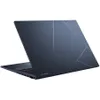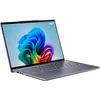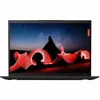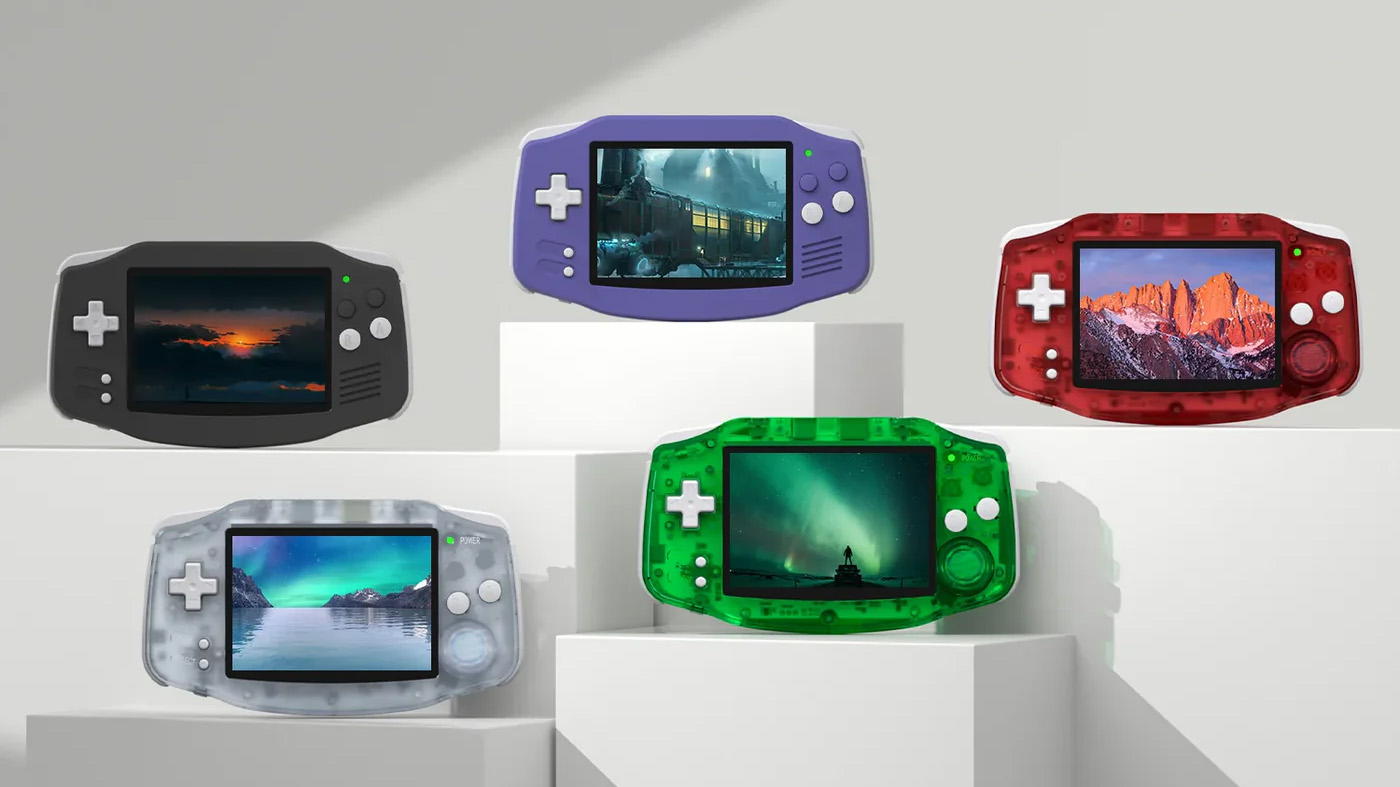Steam statistics prove Windows users can't fight the future
Windows 11 rides high, as Windows 10 begins its slow descent
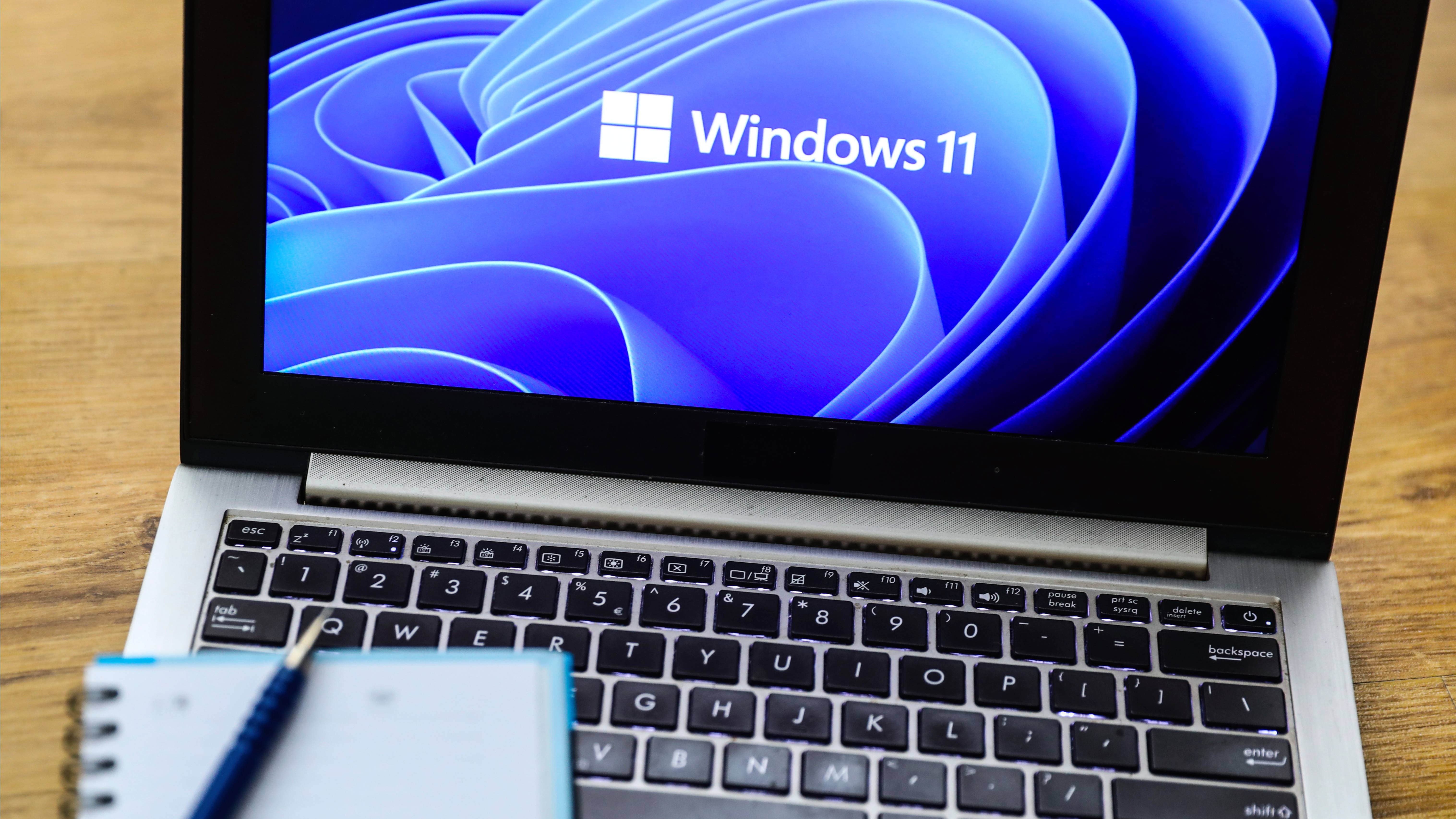
Unfortunately for Microsoft, Windows 11 hasn't proven to be the most popular version of Windows to date. However, the latest Steam Hardware & Software Survey results for August 2024 show that, despite a heavy consensus among many online communities that Windows 10 is the better operating system, Windows 11 is now in pole position as the gaming platform's most used operating system.
According to the survey, 50.81% of Steam users surveyed run Windows 11, with Windows 10 users falling ~3.29% to just 48.66% of users. This is a sharp reversal from the start of the year, with the platform's Hardware & Software Survey for January seeing Windows 10 claim ownership of 51.42% of Steam users, while Windows 10 managed 44.24%.
Windows 11: Closing the gap
Despite Steam's microcosm (which routinely sees an active user count of between ~25 to 35 million players) saying otherwise, desktop operating system market share tracker Statcounter insists that there's a long way to go before Windows 11 becomes the dominant Windows platform for all users.
According to the latest figures, Windows 11 has captured just 31.62% of the market as of August 2024 with Windows 10 sitting pretty as the operating system of choice for 64.17% of Windows computer owners.
While the margin between the two platforms remains fairly vast, it is narrowing. After Statcounter's data showed a surprising resurgence for Windows 10 between January and April 2024 that saw the platform leap from 66.47% to 69.89%, that number has been in steady decline ever since.
Windows 10: A long, slow goodbye
While some believe that Windows 11's system requirements are to blame for its slow adoption, there's also the fact that outside of Microsoft's continued pressure to upgrade through pushy in-system advertisements Windows 10's October 12, 2025 end-of-support date is still over a year away. While that's not an enormous amount of time, many of those who are more familiar with or prefer Windows 10 will only jump ship when their hand is forced (or if a more attractive alternative is presented to them).
However, there's also a large portion of enterprise computers that will likely stick with Windows 10 even after its end-of-support date thanks to Microsoft's extended support program. For how long remains to be seen, as the program's pricing (which sees the first year of support begin at $61 per device and double each year) isn't all that attractive for long-term adoption.
Get The Snapshot, our free newsletter on the future of computing
Sign up to receive The Snapshot, a free special dispatch from Laptop Mag, in your inbox.
It would seem that the writing on the wall is plain for all to see. With Windows 10's end-of-support date on the horizon, Steam's Hardware & Software survey is likely an early predictor of what to expect from the wider Windows user base over the next 13 months.
Getting ahead of the curve
With Windows 10's decline practically guaranteed, it may now be time to think about upgrading yourself. If for nothing else than to avoid Microsoft's constant and jarring requests through intrusive and irritating ad placement.
While there'll be some out there who don't meet the minimum requirements for upgrading to Windows 11, laptop users in particular should find some benefit in upgrading their hardware — especially with the recent performance and battery improvements coming from Qualcomm Snapdragon outfitted Copilot+ PCs, or the graphical advancements of Nvidia and AMD's GeForce and Radeon GPUs.
For more information, check out our guides on upgrading to Windows 11 and what to do when Windows 10 support ends.
More from Laptop Mag
- What to do when Windows 10 support ends
- Windows 10 isn't as good as you think — fight me
- Microsoft make major Windows 10 U-turn ahead of end-of-support in 2025

Rael Hornby, potentially influenced by far too many LucasArts titles at an early age, once thought he’d grow up to be a mighty pirate. However, after several interventions with close friends and family members, you’re now much more likely to see his name attached to the bylines of tech articles. While not maintaining a double life as an aspiring writer by day and indie game dev by night, you’ll find him sat in a corner somewhere muttering to himself about microtransactions or hunting down promising indie games on Twitter.

